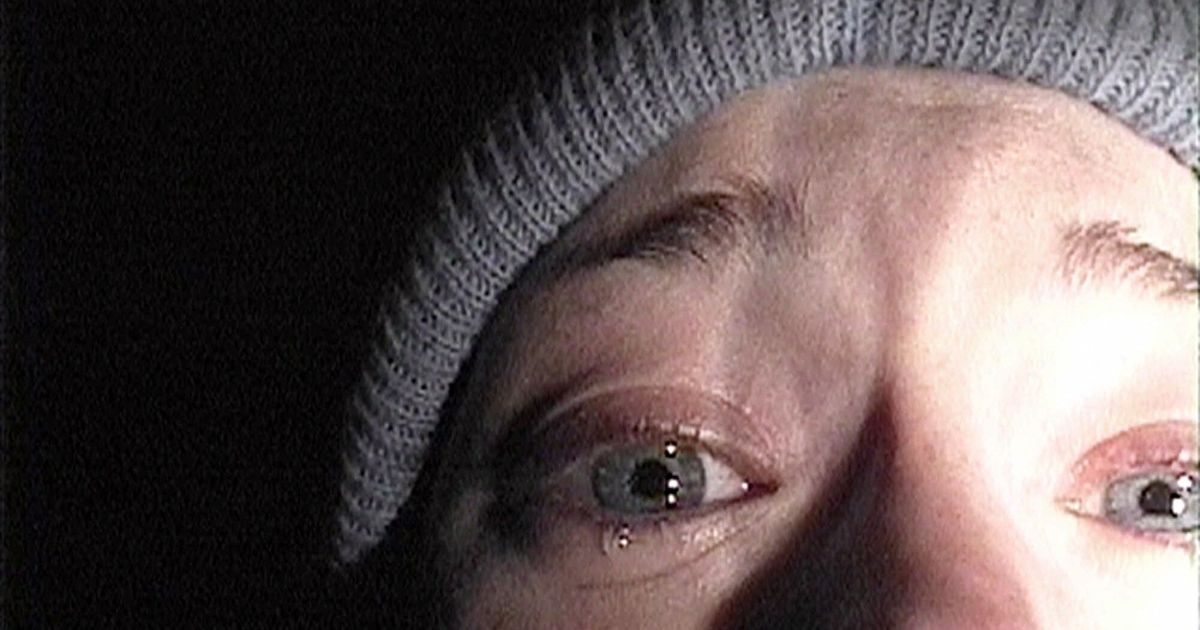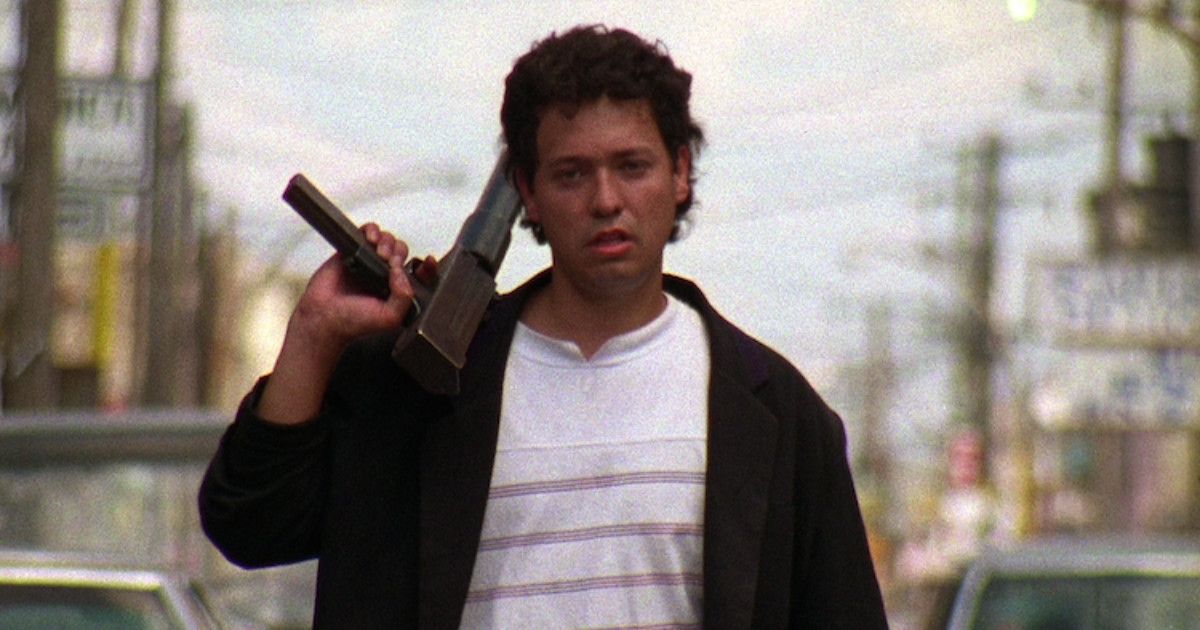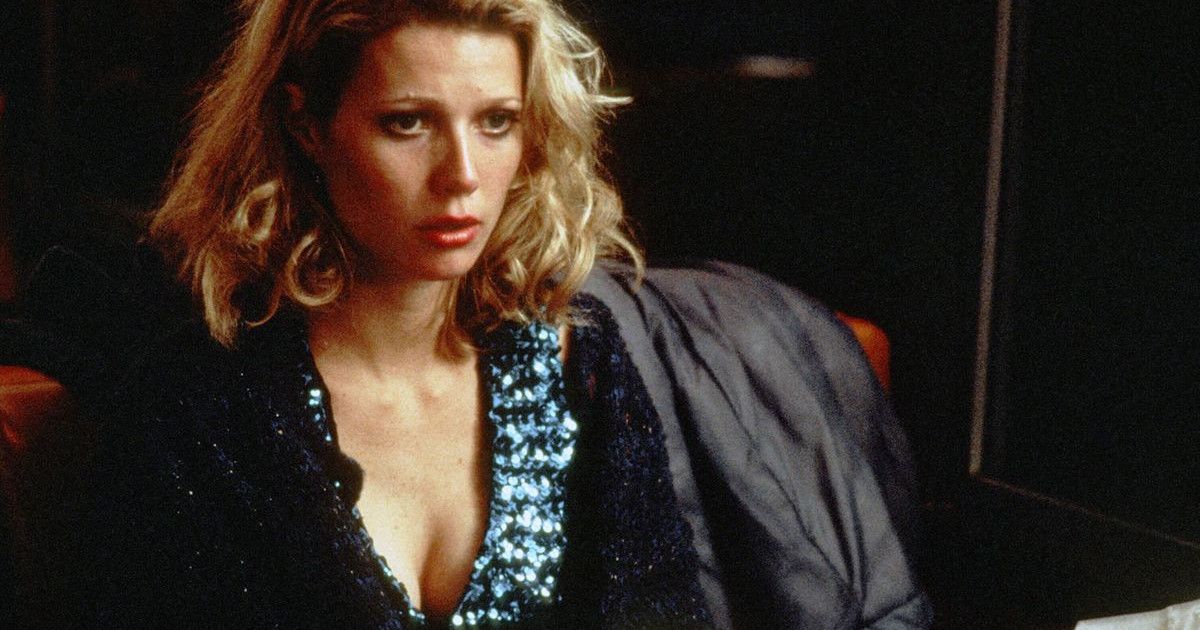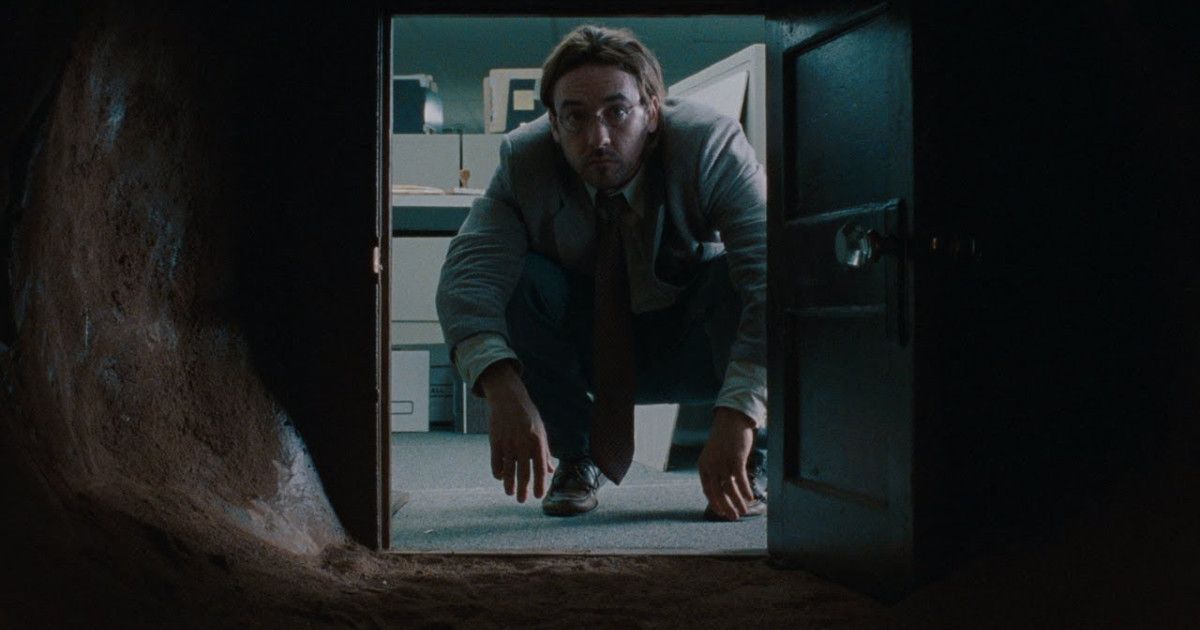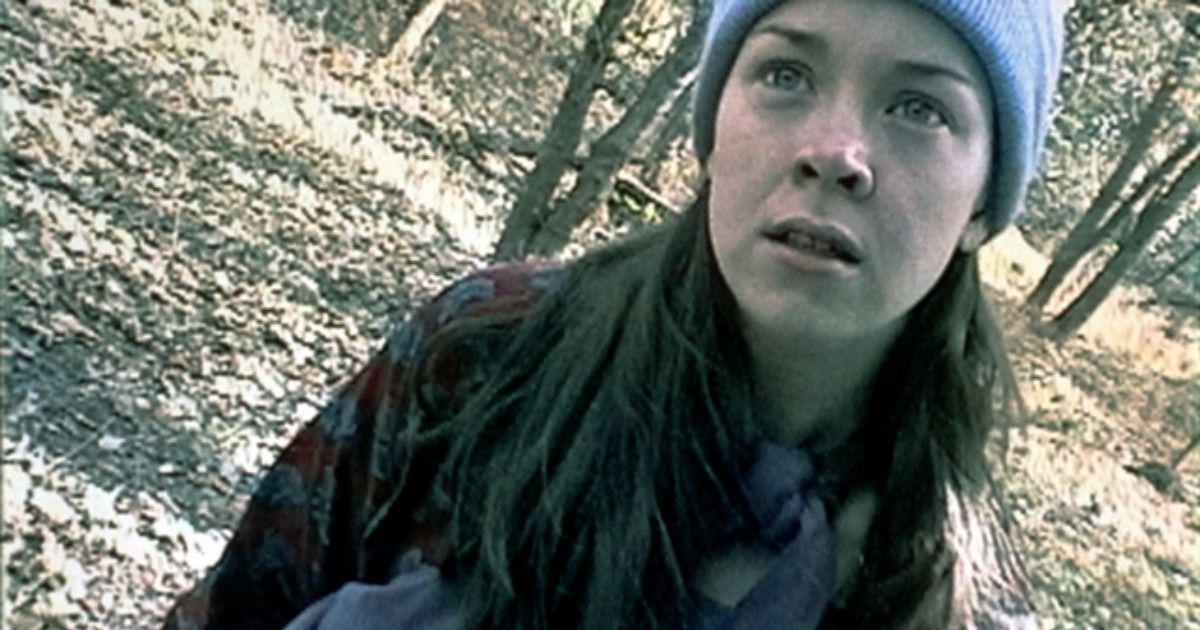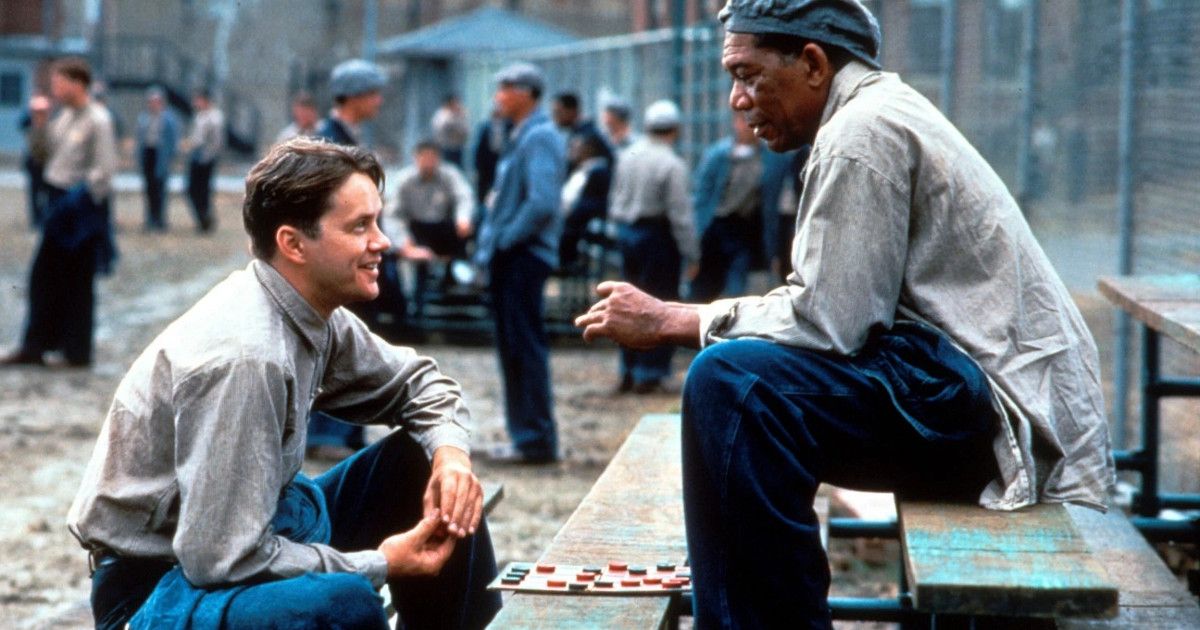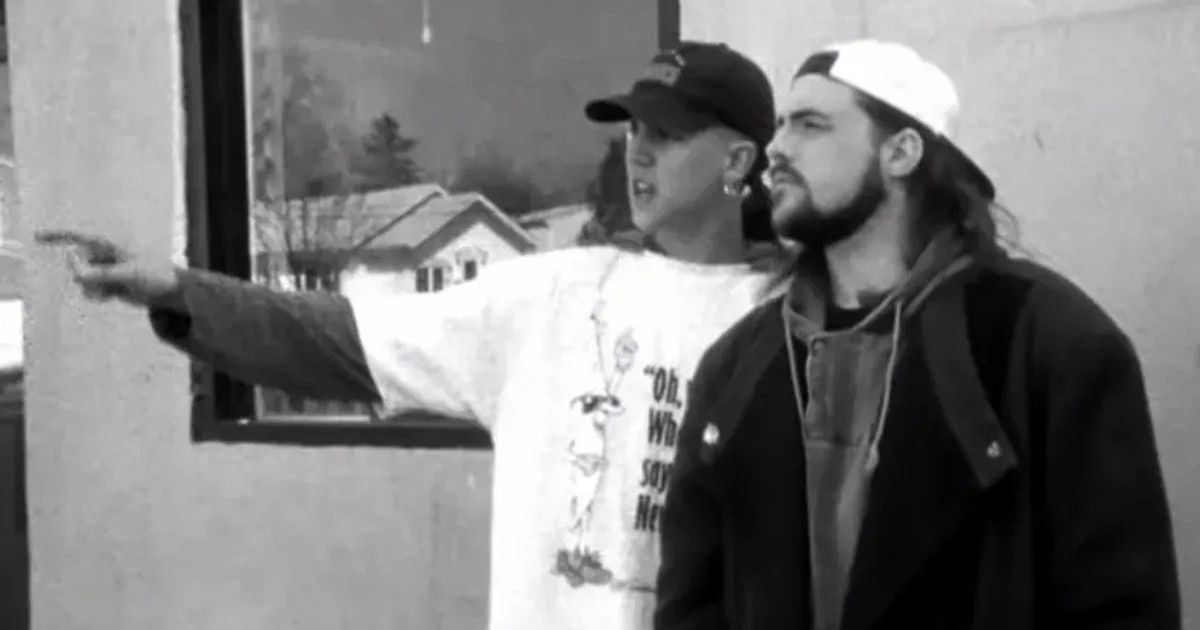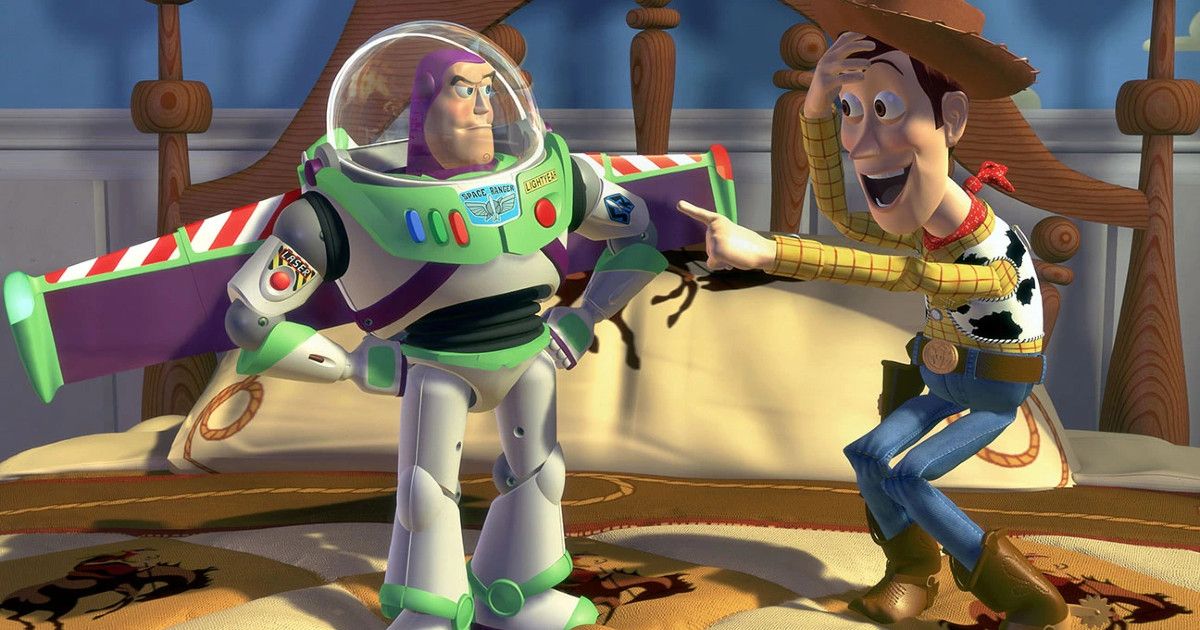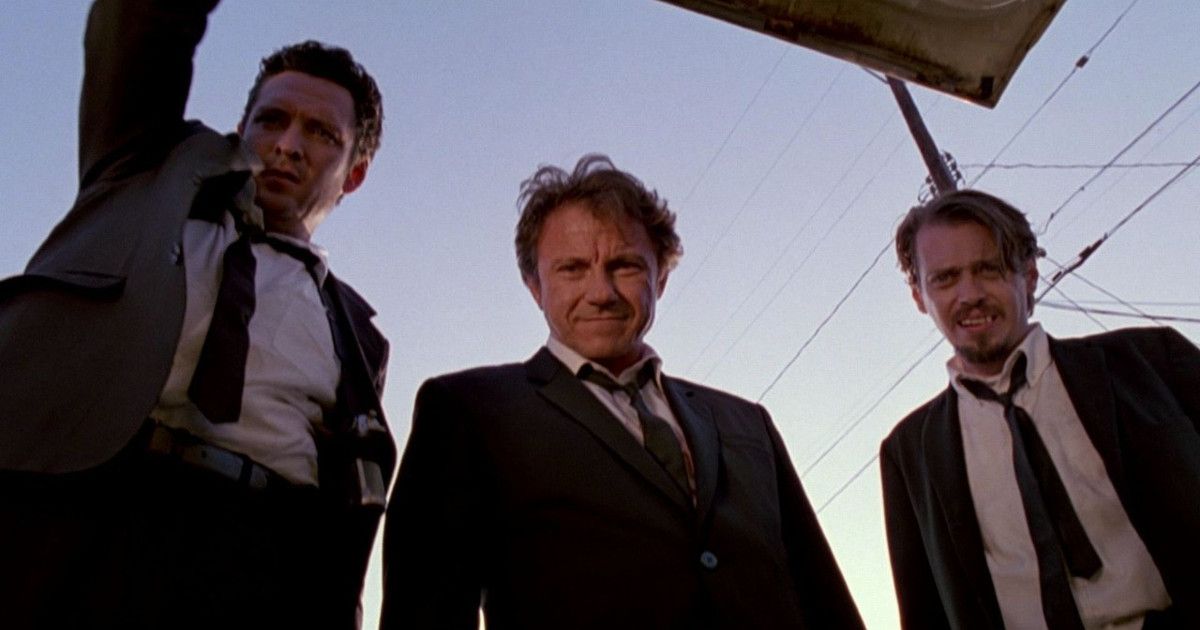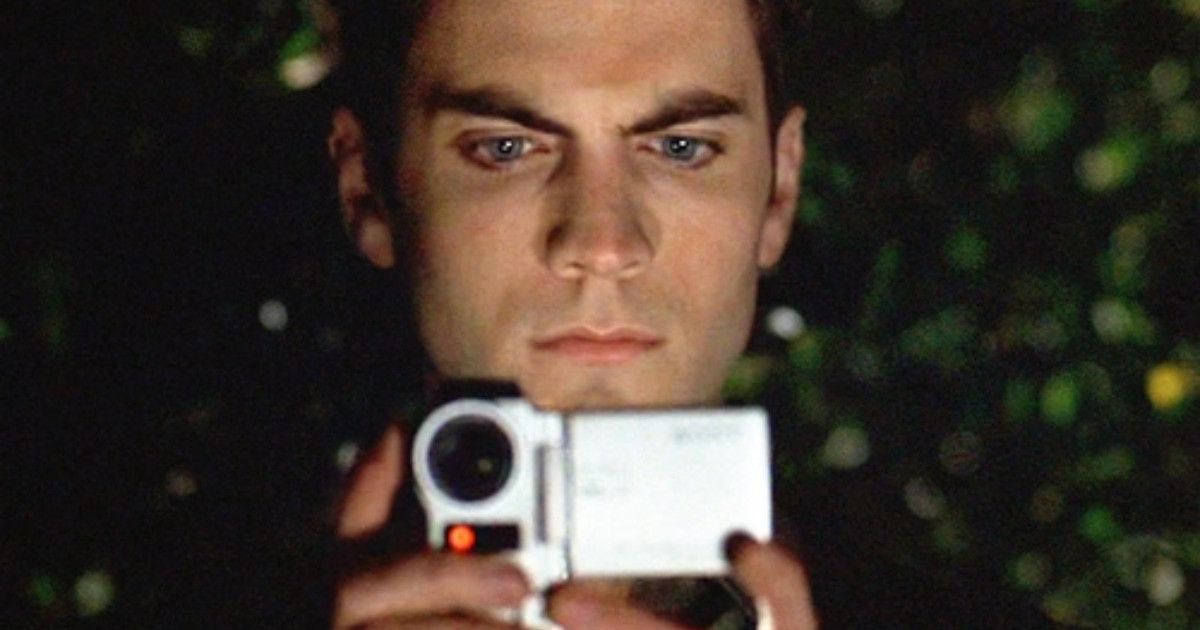Some of the most revered directors of all time made (arguably) their best films right off the bat. Citizen Kane (1941) was the first feature film from Orson Welles, and 12 Angry Men (1956) was the debut of Sidney Lumet. Some of the best films of the 1990s, too, marked the debut of their respective directors. There isn't a greater decade in cinema history, either, as far as debuts are concerned.
The criteria for this list: whether based on critical acclaim or box office numbers, many merits are at play. But either way, these are the ten best directorial debuts of the 1990s.
10 Robert Rodriguez – El Mariachi
Robert Rodriguez won Best First Feature at the 9th Independent Spirit Awards for El Mariachi (1992), the first of his “Mexico Trilogy”. And since its release, this directorial debut has been selected by the Library of Congress for preservation in the National Film Registry. That’s a huge deal, but the accolades hardly stop there.
Most significantly, it holds the Guinness World Record as the film with the lowest budget to make over a million dollars at the box office. The film starred Carlos Gallardo, but Antonio Banderas would famously take over the role in the sequels (Desperado from 1995 and Once Upon a Time in Mexico from 2003). Without El Mariachi, the trilogy wouldn’t have been possible, and it’s still perhaps the best of the three.
9 Paul Thomas Anderson – Hard Eight
Known for films such as Boogie Nights (1997) and There Will Be Blood (2007), Paul Thomas Anderson started his career off with the most underrated film thereof. Featuring an A-list cast — John C. Reilly, Phillip Baker Hall, Gwyneth Paltrow, Samuel L. Jackson, and Phillip Seymour Hoffman — Hard Eight (1996) is also replete with darkly comedic dialogue and thrilling plot lines.
It follows Reilly and Hall’s characters as the latter teaches the former to properly gamble in Vegas. And while most fans view this as a sort of steppingstone project for Anderson, it deserves far more credit than that. It’s one of his greatest films, and it should live forever.
8 Spike Jonze – Being John Malkovich
Known for directing movies with oddball characters and ambitious premises, Being John Malkovich (1999) encompasses all the features that have defined the career of filmmaker Spike Jonze. It won Best First Feature at the Independent Spirit Awards (for a budget over $500,000), and was nominated for Best Director at the Academy Awards.
That’s pretty impressive for a movie about John Cusack’s character discovering a portal in his office that leads to the brain — yes, inside the head — of American actor John Malkovich. The project has aged wonderfully, too, and it likely always will.
7 Daniel Myrick and Eduardo Sanchez – The Blair Witch Project
Known for popularizing the found footage sub-genre of horror movies, The Blair Witch Project (1999) was directed by Daniel Myrick and Eduardo Sanchez. In the same year as Being John Malkovich, it won the Best First Feature at the Independent Spirit Awards (this time for a budget under $500,000).
And the found-footage film type wasn’t all the directors brought to the cinematic table. They also utilized various marketing tactics to promote the movie, like manufacturing a website which describes in detail the legends of the Blair Witch. Maybe the most impressive advertising method, however, came with one of the release posters: a missing peoples flier with the cast on the front.
6 Boyz n the Hood – John Singleton
Starring Cuba Gooding Jr. and Ice Cube, Boyz n the Hood (1992) really highlighted the latter as a Hollywood actor. It was also the first significant role of both Angela Basset's and Regina King's careers. But acting aside, the plot is gripping and well-written from a structural perspective, revolving around the character of Gooding Jr. being sent to live with his father who lives in a neighborhood fraught with gang activity.
5 The Shawshank Redemption – Frank Darabont
Before directing The Shawshank Redemption (1994), Frank Darabont wrote the screenplays to three films: A Nightmare on Elm Street 3: Dream Warriors (1987), The Blob (1988), and The Fly 2 (1989). None of them broke the mold, by any means, but it was filmmaking experience nonetheless.
His career really took flight when he released Shawshank, his first of three Stephen King adaptations — preceding The Green Mile (1999) and The Mist (2007). Darabont wasn’t recognized at the Oscars for his directorial efforts, but the movie was nominated for Best Film. That’s nothing to hang one’s head about.
4 Kevin Smith – Clerks
Up there with The Blair Witch Project — and the next entry, too — for most influential movie on the list, Clerks (1994) by Kevin Smith set the mold for modern budget restrictions. Its black-and-white appearance has become famous both stylistically and practically. Smith was forced to take that path, but is much better off for it.
Because ultimately, Clerks is an intelligent film. It will likely go down as a classic, to be honest, and come on: who doesn’t love Jay and Silent Bob?
3 John Lasseter – Toy Story
The film that forever changed the animated landscape of cinema, Toy Story (1995) was the first feature film to ever be completely computer-animated. Some might say that’s an argument to place John Lasseter even higher, considering it was also his first film. But that’s not where Toy Story stopped making history.
It was also the first animated film to be nominated for Best Original Screenplay at the Oscars, the first film in a successful franchise, and frankly, it’s the reason Pixar exists as a company today. Without Toy Story, movies of entirely different varieties would be playing in theaters today.
2 Quentin Tarantino – Reservoir Dogs
With scenes of overelaborate violence and a narrative of nonlinearity, Reservoir Dogs (1992) established Quentin Tarantino as an auteur before anyone knew his name. It was a modest financial success, making $2.8 million in theaters, and it’s currently sitting at a 92% on Rotten Tomatoes.
Of course, this is one of the more renowned heist movies of modern times. Audiences and critics adored the film’s witty dialogue and iconic soundtrack, but perhaps what resonated most fondly with audiences was the plot: particularly the fact that the actual heist was never shown on screen. It was an interesting path to take, and one that the audience would happily walk down time and time again.
1 Sam Mendes – American Beauty
In terms of political correctness, this film was destined to age poorly. Almost everyone should know why, but if not: just check out a plot synopsis, then do some quick research on Kevin Spacey. This will quickly make sense.
However, it’s hard to deny the artistic value that still resonates from American Beauty (1999). It won five out of nine nominations at the 72nd Academy Awards, including Best Director for Sam Mendes. It won six out of fourteen honors at the 53rd British Academy Film Awards. It made $356.3 million on a $15 million budget. There’s no debating numbers like those, especially for a directorial debut.

